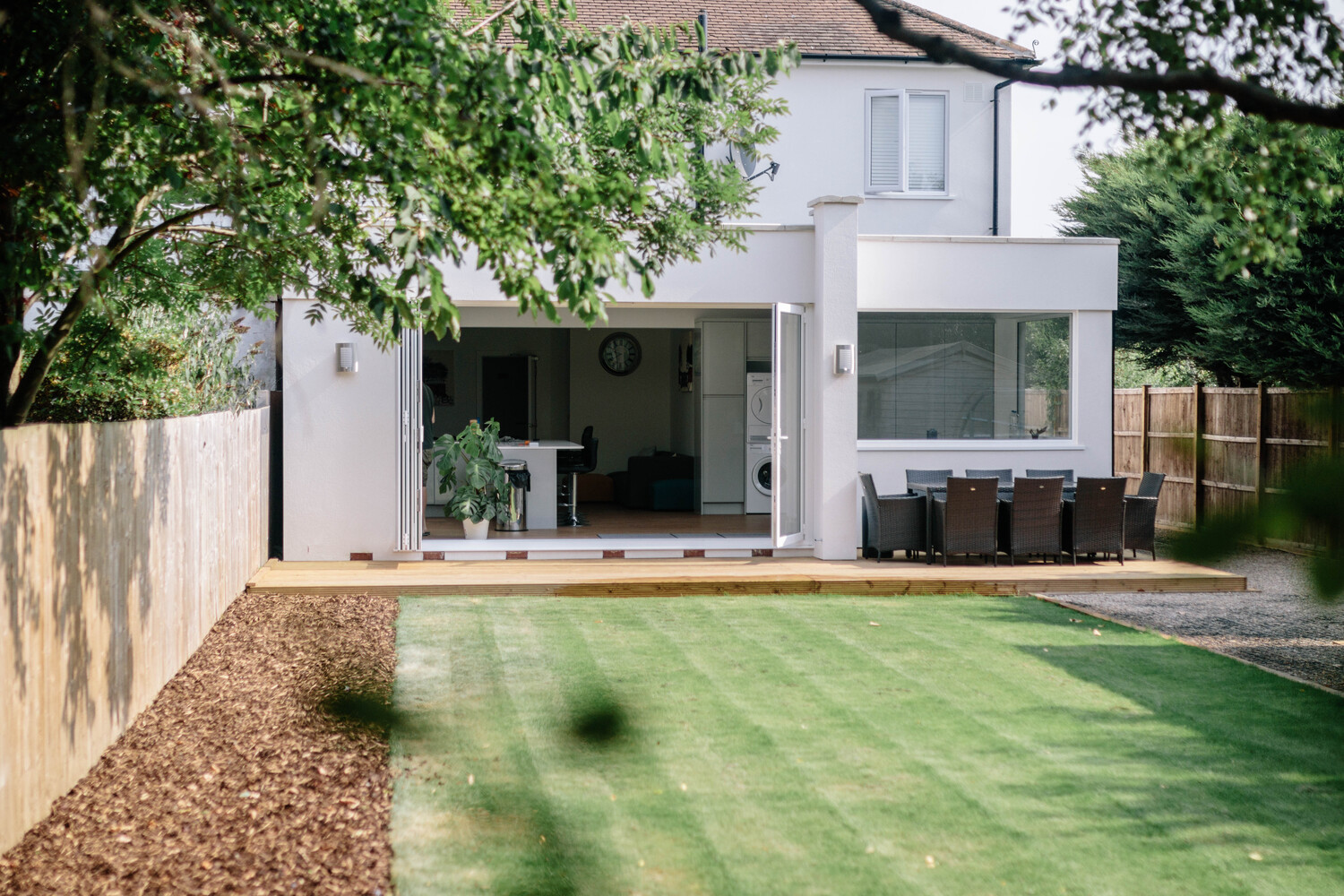Vertical, Horizontal, and Below: Creative Property Solutions for Urban Density
Read latest blogs and articles from Housystan

The Information mentioned here was last updated on:
11/12/2025Urban centers around the globe are experiencing unprecedented growth, leading to increased population density and limited available land. Addressing these challenges requires innovative property solutions that maximize space utilization while maintaining livability. In cities like New York, London, Singapore, and Mumbai, creative approaches to residential and commercial development are transforming skylines and communities. Understanding the three primary directions—vertical, horizontal, and below ground—enables urban planners, investors, and residents to embrace modern, efficient living spaces tailored to metropolitan needs.
Vertical development remains the most iconic solution for dense urban areas. High-rise buildings, skyscrapers, and multi-story complexes allow cities to accommodate more people and businesses without expanding their physical footprint. These structures offer panoramic views, access to amenities, and proximity to public transport, making them highly desirable in thriving districts. Advanced engineering and sustainable building practices contribute to safer, more energy-efficient towers that redefine urban living. As cities continue to grow upward, the skyline becomes a testament to architectural innovation and efficient land use.
Horizontal expansion also plays a vital role, especially in cities with available peripheral land. Master-planned communities, low-rise apartments, and townhouses provide a sense of space and greenery while alleviating congestion in city cores. By developing mixed-use neighborhoods and integrating parks, retail, and essential services, municipalities create vibrant environments that cater to diverse lifestyles. Horizontal growth, when managed responsibly, helps balance density with quality of life, offering residents more options in rapidly developing urban regions.
- Verified Tenants/Buyers
- Unlimited Property Listing
- Zero subscription/charges fee
Below-ground solutions are gaining momentum as cities search for unconventional ways to optimize space. Underground parking, shopping centers, transit systems, and even residential units are emerging in global hubs with extreme land scarcity. These subterranean developments not only reduce surface congestion but also enhance city aesthetics and resilience against environmental factors. By investing in robust infrastructure and cutting-edge design, urban centers can unlock hidden potential beneath their streets, ensuring sustainable growth for future generations.
In conclusion, embracing vertical, horizontal, and below-ground property innovations empowers cities worldwide to address urban density while fostering dynamic, inclusive communities. By leveraging local strengths and prioritizing smart development, metropolitan areas can achieve lasting prosperity and a high quality of life for all residents.